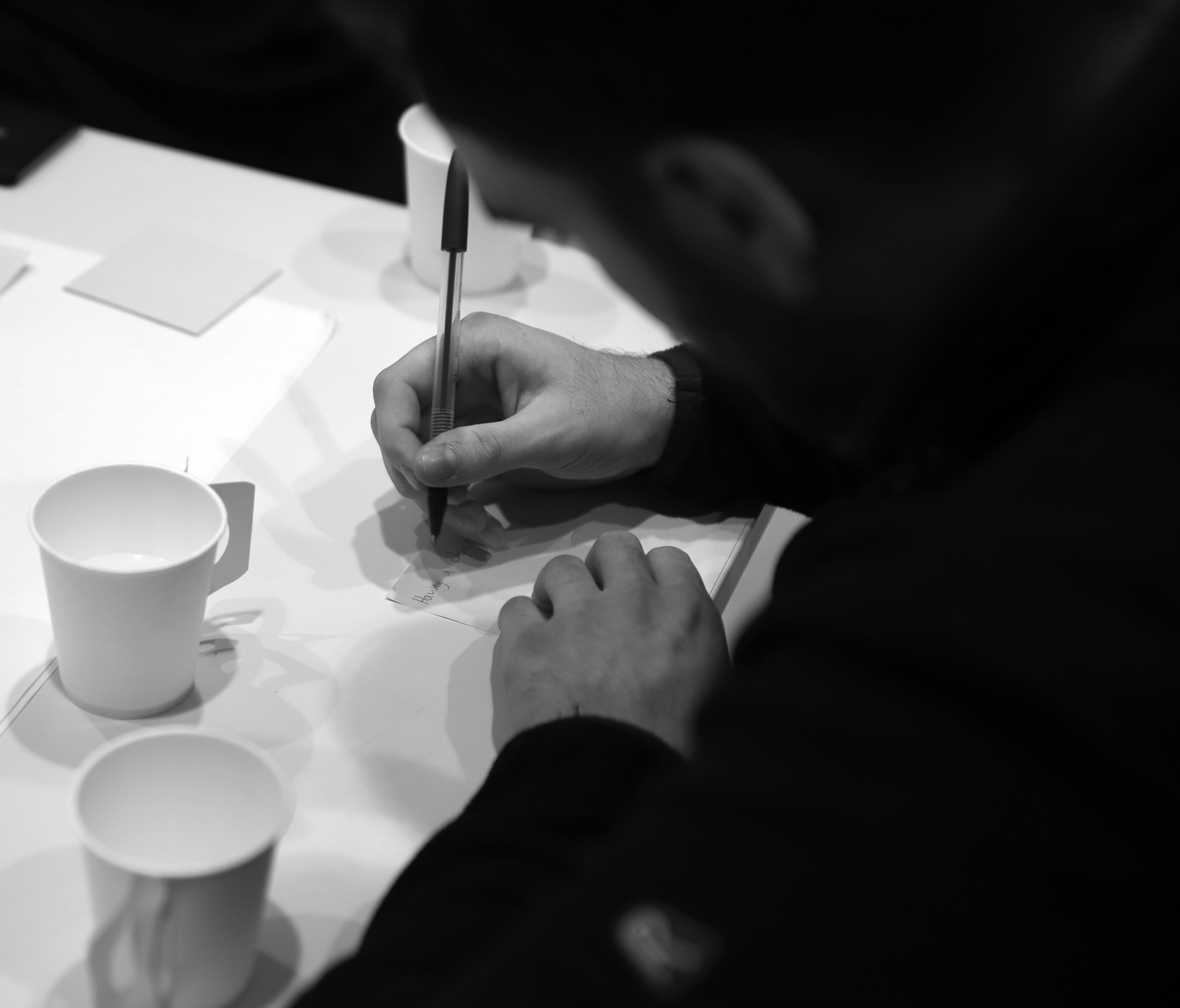The process of a professional group gaining a mandate and adopting their practice to an organization includes a variety of complementary actions. Introducing and adopting a practice simultaneously on multiple levels of an organization enhances the fit of the practice and provides opportunities to gain a mandate. Thus, the role of a change agent take shape in multiple ways in such contexts.
The rapid development of technologies and increasing global competition drive organizations to change and adopt new practices. Furthermore, the occupational development stemming from the evolving technological scene impacts organizations as well. New skills and professional knowledge are needed to address novel challenges and create new competitive advantage. However, the professionals hired to the organization to participate in solving these challenges may need to initiate more substantial change to enable more effective functioning in the organizational context. In order to do that, professionals must gain a mandate to change the organization or its culture.
Design thinking practice has received significant attention during the last decade, as its positive effects on the outputs and innovativeness of organizations have been acknowledged. While practice adoption is an extensively researched area, the process of professional groups as change agents fostering the adoption of their own practice in an organization has not yet received much attention. Interviewing design leads in a multidivisional technology organization for my master’s thesis, I found how designers were driving for organizational change while also gaining a mandate. As a part of the Design+ project at Aalto University’s Design Factory, my master’s thesis aims to enrich the knowledge on how professional groups, which initiate the adoption of their practice, enhance the fit of their practice as change agents in order to foster its adoption in an organizational context.
The findings reveal how the adoption of a practice happens through change agents’ various actions to enhance the fit of the practice through core and overlaying processes of the organization. Even though everyone in the group shares the knowledge of the same practice, professional groups are not homogeneous, as change agents may have different areas of focus in their work. In the thesis, a taxonomy of change agents was identified that categorize the change agents into three groups based on their work focus: strategy-focused change agents, people-focused change agents and product-focused change agents. Due to the different foci in work and the hierarchical level of roles, change agents’ actions in enhancing the fit of a practice occurred in multiple ways. Through their actions, change agents enhanced the cultural, technical and political fit of the practice. While the cultural fit of the practice was enhanced by all of the change agents collectively on different levels of the organization; the technical fit of the practice was improved in both core and overlaying processes separately.
The actions that affected the political fit of the practice, such as designers convincing non-designers of the organizations about the value of design thinking, also helped the professional group to gain a mandate and connect core and overlaying processes of the organization in adopting the practice. The dynamics of enhancing the fit of the practice both in terms of core and overlaying processes fostered practice adoption, as the material practices used in the core processes actually created a collective understanding of the practice. The improved understanding of the practice then enabled the adoption of practices in overlaying processes as well. When the understanding of the practice increases, adoption of the practice in core processes also receives more support. The process creates an amplifying effect in fostering the adoption of a practice and gaining a mandate.
However, the broadness of actions taken by the change agents should be embraced even in cases where their impact may be perceived as uncertain or vague. As the diversity of the actions has a complementary nature, the professional group is able to enhance the fit of the practice both in core and overlaying processes. Driving change both in core and overlaying processes and on multiple levels of the organization can enable professional groups to gain a mandate and adopt their practice to the organization.

Karliina Kyhälä worked as a research assistant in the Design+ project at Design Factory, and carried out her Master’s Thesis as part of the project. She is graduating from the Industrial Engineering and Management programme in the Aalto University School of Science.
 Aalto DF
Aalto DF